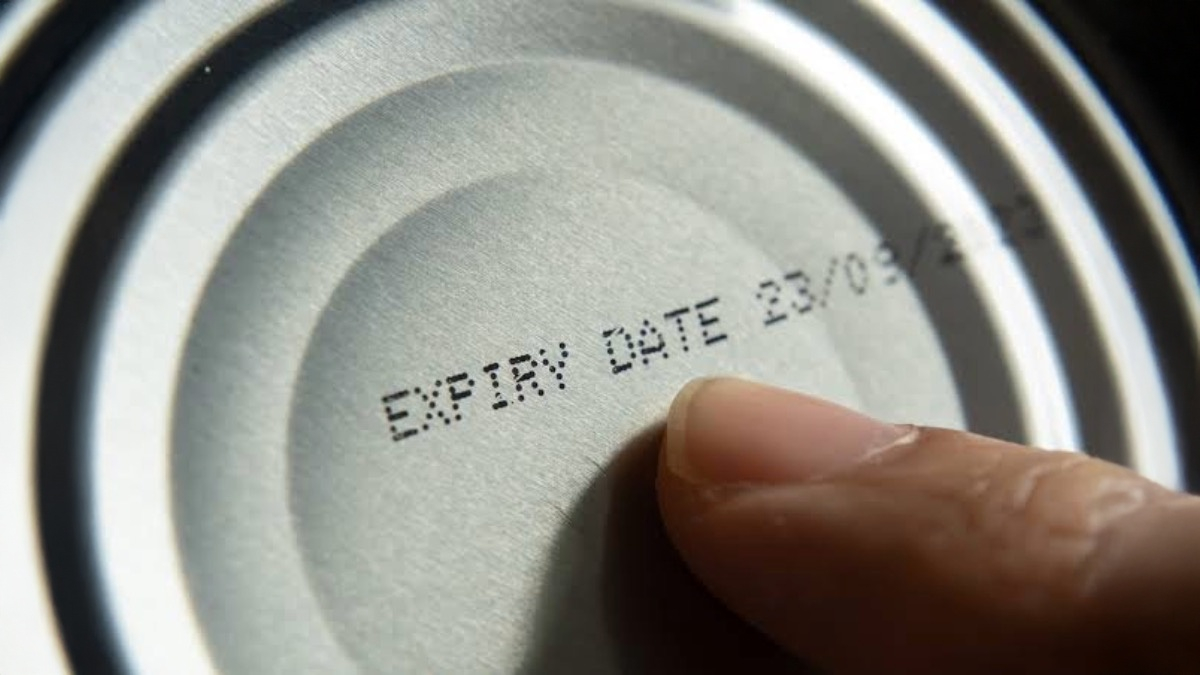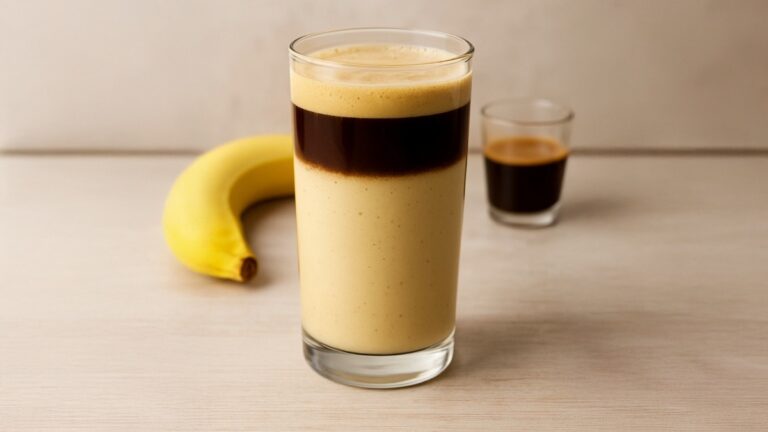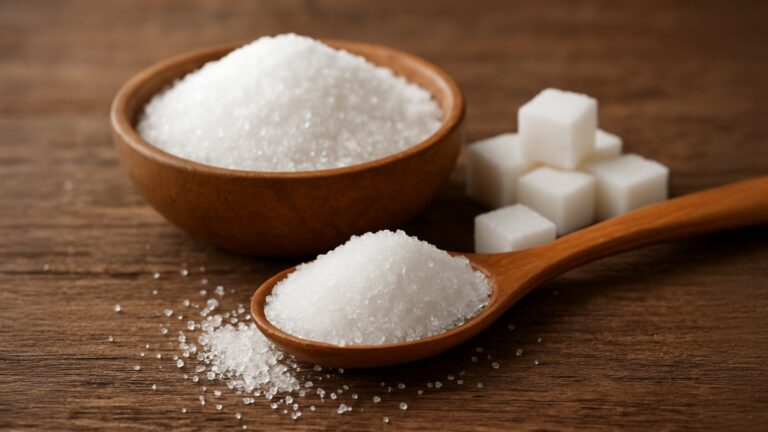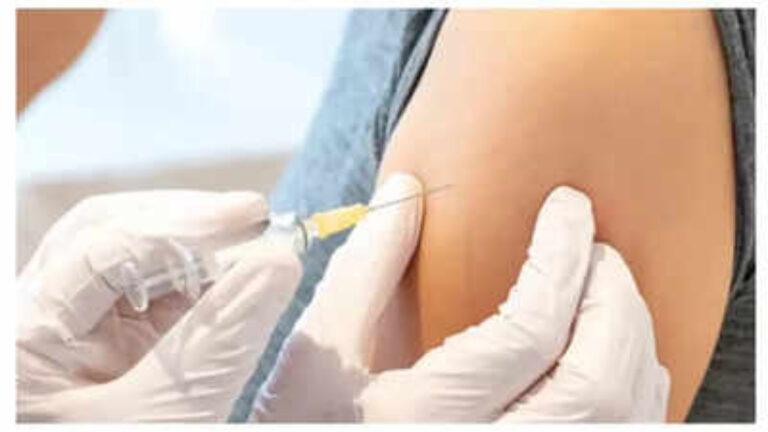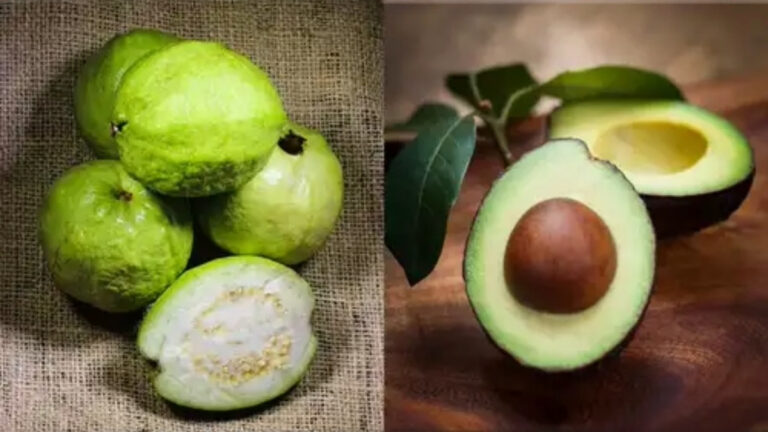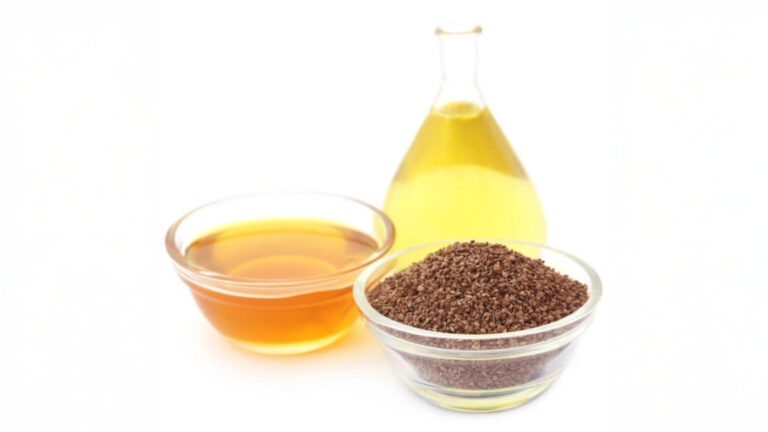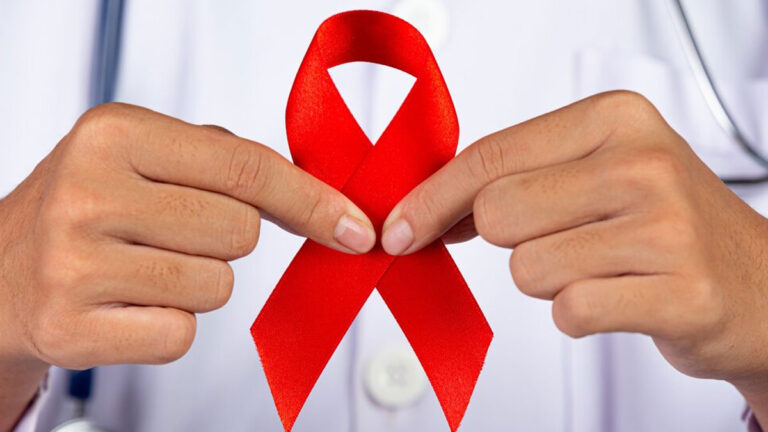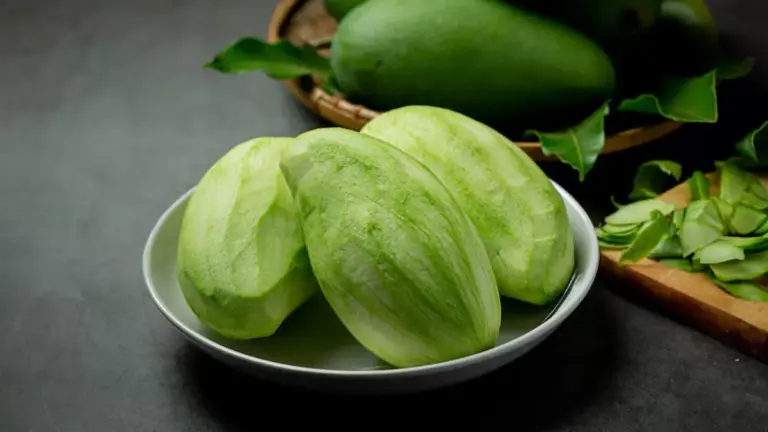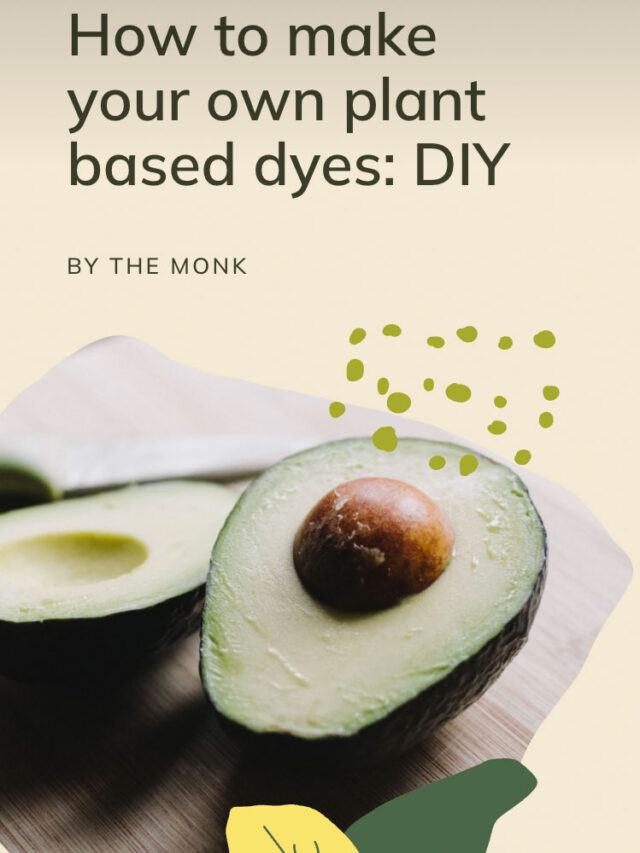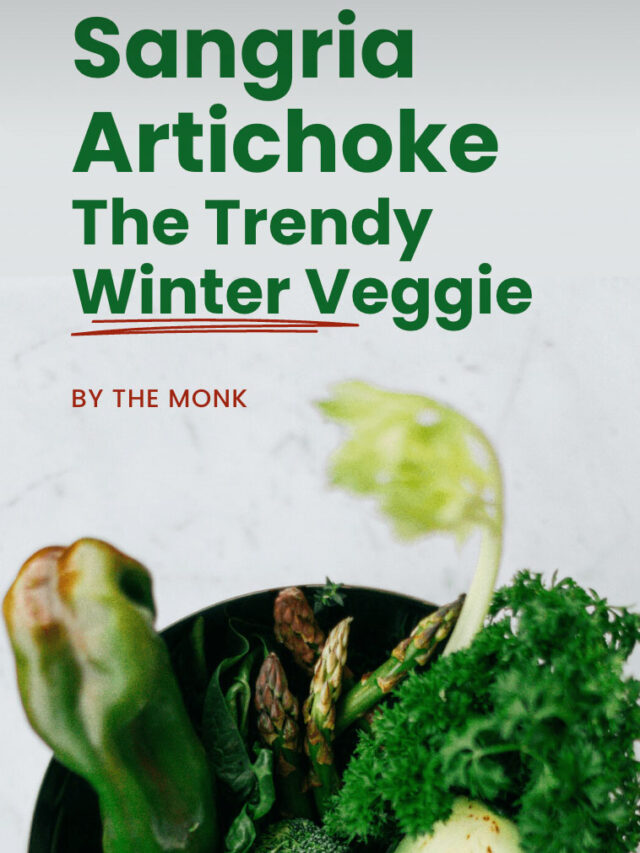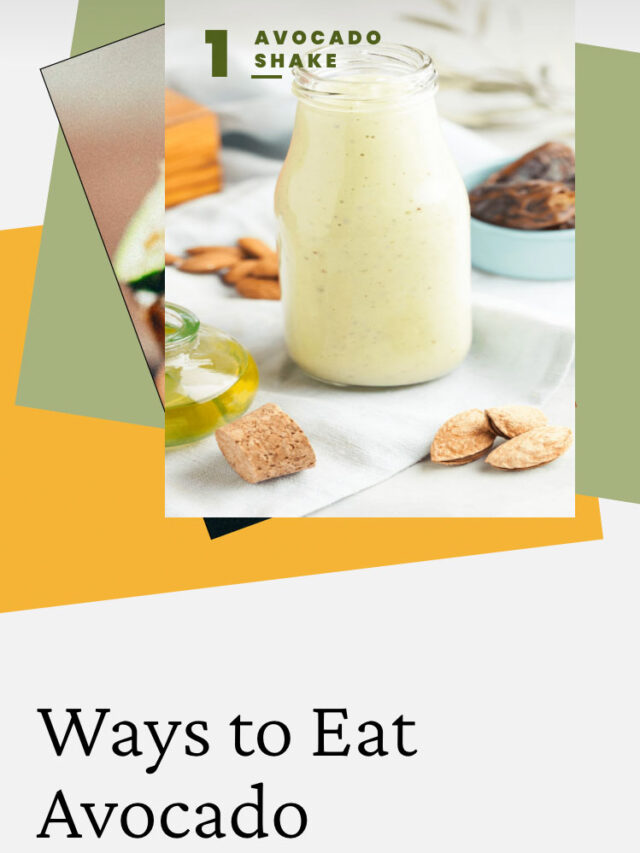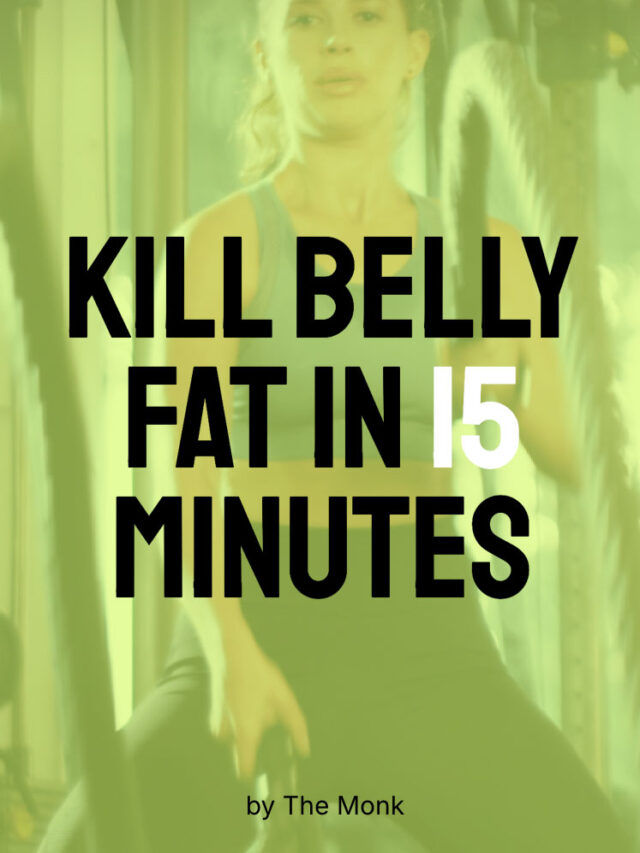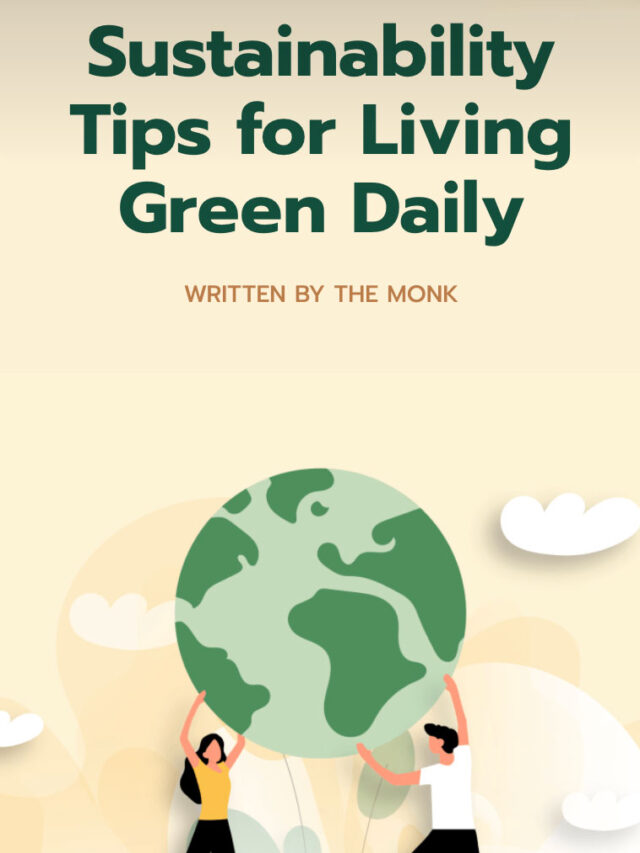Table of Contents
Expiry Date and Best Before Date: When you pick up a packaged product—be it food, medicine, or cosmetics—you’ll often see two important labels: “Expiry Date” and “Best Before Date.” While they may seem similar, they have different meanings and implications for your health and safety. Knowing the difference between these two can help you make informed decisions, avoid health risks, and prevent unnecessary waste. This article will explain both terms in detail and highlight how to use them correctly.
What is an Expiry Date?
The Expiry Date indicates the last date on which a product is guaranteed to be safe and effective to use. It is primarily found on:
- Medicines
- Cosmetics
- Some perishable food products
After the expiry date:
- The chemical composition of the product may change.
- It may lose its effectiveness or even become harmful.
- Using it can lead to side effects, health risks, or allergic reactions.
Example: If a cough syrup’s expiry date is June 2025, using it after that month may be dangerous, even if it looks or smells fine.
What is a Best Before Date?
The Best Before Date refers to the date until which the product is at its best in terms of quality, taste, texture, and appearance. You’ll typically see it on:
- Snacks (biscuits, chips)
- Chocolates
- Pickles and spices
- Packaged foods
After the best before date:
- The food is likely still safe to eat.
- There may be a slight decline in flavor or freshness.
- Nutritional value might reduce slightly.
It doesn’t mean the product is unsafe—it just might not be at its peak quality anymore. Always inspect before consuming.
Key Differences Between Expiry Date and Best Before Date
| Feature | Expiry Date | Best Before Date |
| Meaning | Do not use after this date | Best quality before this date |
| Common on | Medicines, cosmetics | Most packaged food items |
| After the date | Can be harmful to health | Might lose taste or texture |
| Safety Level | Strict – avoid usage | Conditional – check before use |
| Legal Implications | Using can be illegal (e.g., drugs) | Usual |
Why Is It Important to Understand These Dates?
- Health Protection: Using products past their expiry date can be dangerous.
- Money-Saving: Don’t throw away a product just because it’s past its best before date—evaluate it first.
- Smart Choices: Understanding these terms helps you decide what’s safe and what’s not.
How to Identify the Dates on Products
On packaging, you might see labels like:
- “Expiry Date: 06/2025”
- “Best Before: 12 months from manufacturing date”
Some products may use “Use By” instead of “Expiry Date”—these mean the same thing and indicate the final safe usage date.
Tip: Always treat expiry dates seriously; best before dates can be approached more flexibly but with care.
Is It Safe to Eat Food After the Best Before Date?
- The packaging is intact.
- The product smells and looks normal.
- There’s no unusual texture or taste.
But always use your senses—sight, smell, and taste—to check. If in doubt, it’s better to throw it out.
Never Use Expired Products
Expired items, especially medications or skincare products, should never be used. Potential risks include:
- Rashes or skin irritation
- Allergic reactions
- Ineffectiveness or harmful chemical reactions
- Food poisoning or stomach issues
Both Expiry Date and Best Before Date are there to protect consumers, but they serve different purposes:
- Expiry Date: A strict boundary—do not use the product after this.
- Best Before Date: A guideline indicating when the product is at its best, though it may still be safe to consume afterward with caution.
Expiry Date and Best Before Date, Being aware of the difference empowers you to make safer, smarter, and more sustainable choices in daily life. Next time you check a product label, take a second to read the date—it could save your health and your money.
(Disclaimer: The information given here is based on general information. Before adopting it, definitely take medical advice. THE MONK does not confirm this.)

